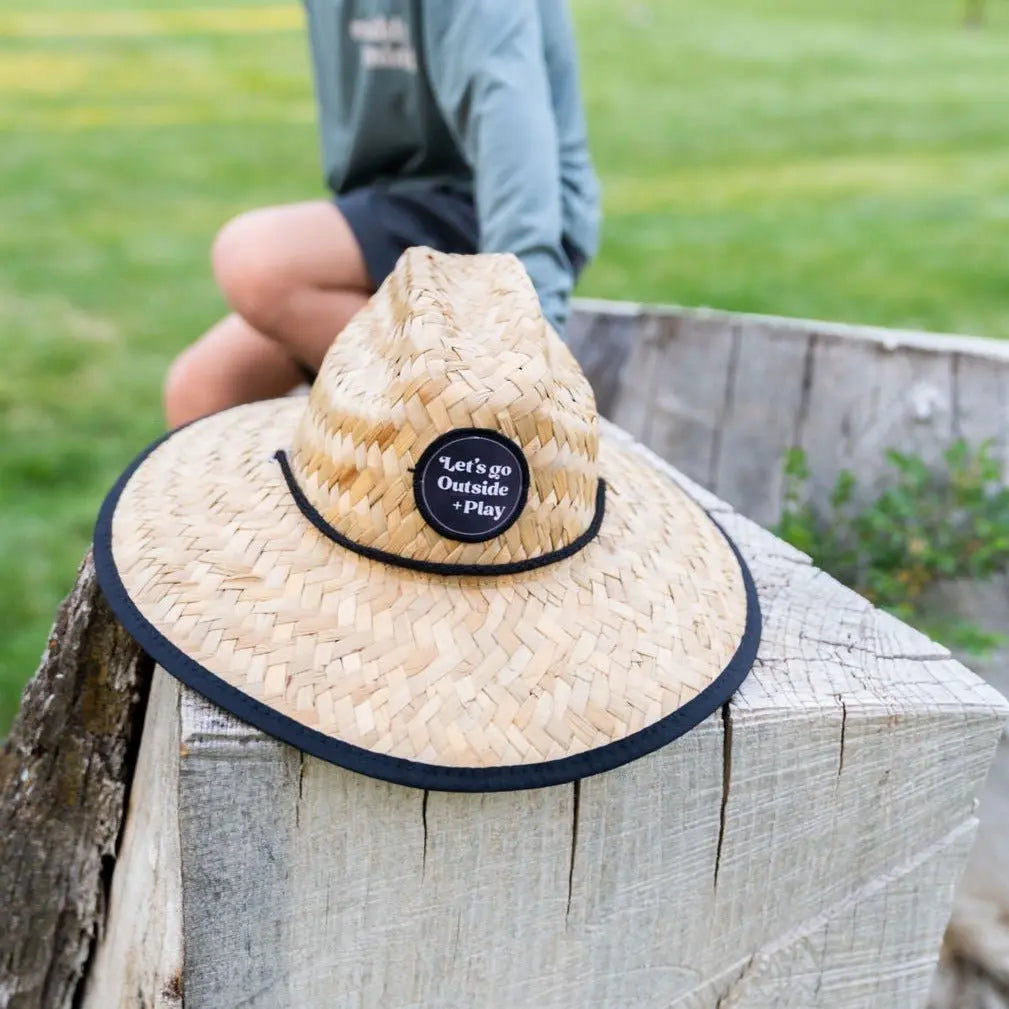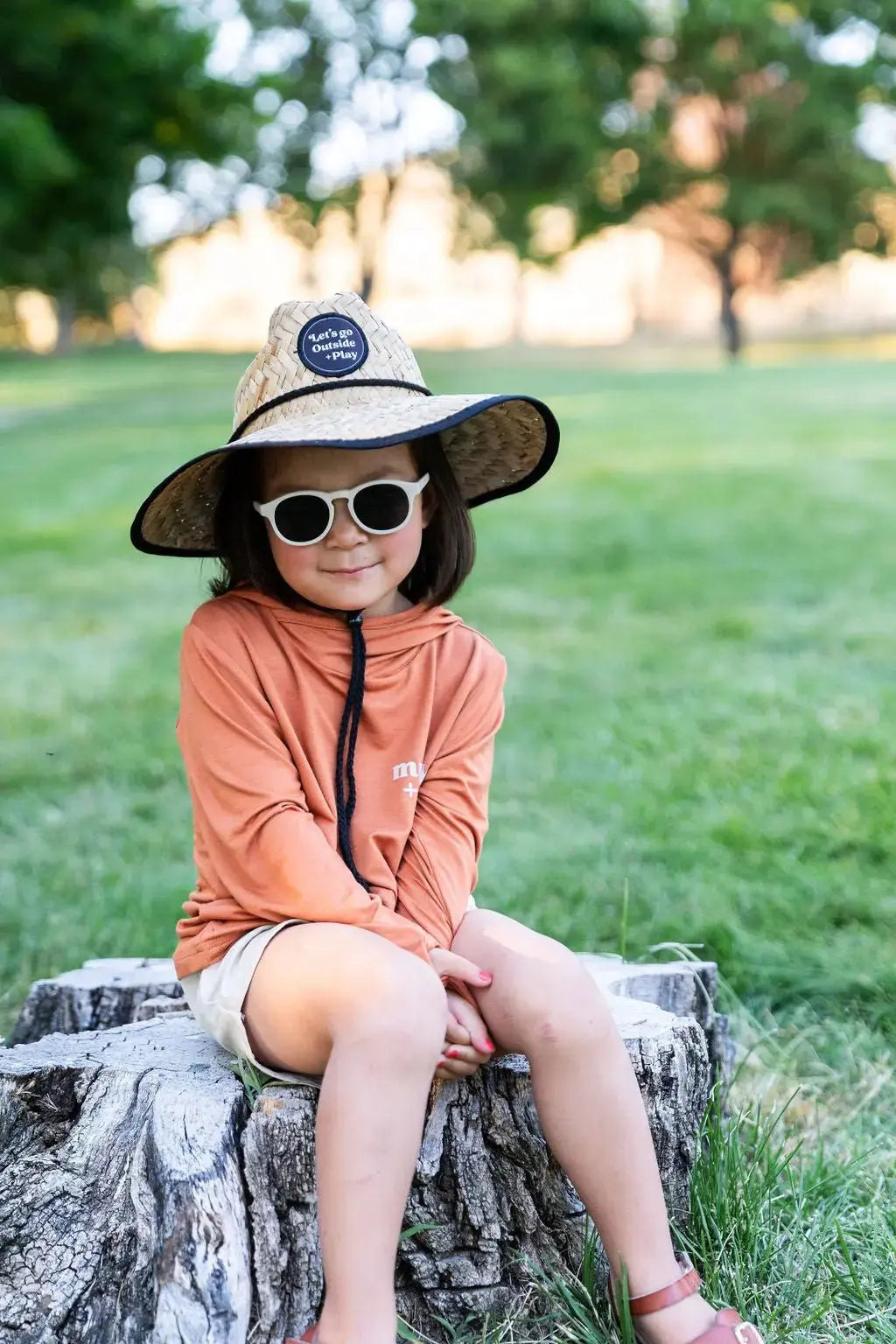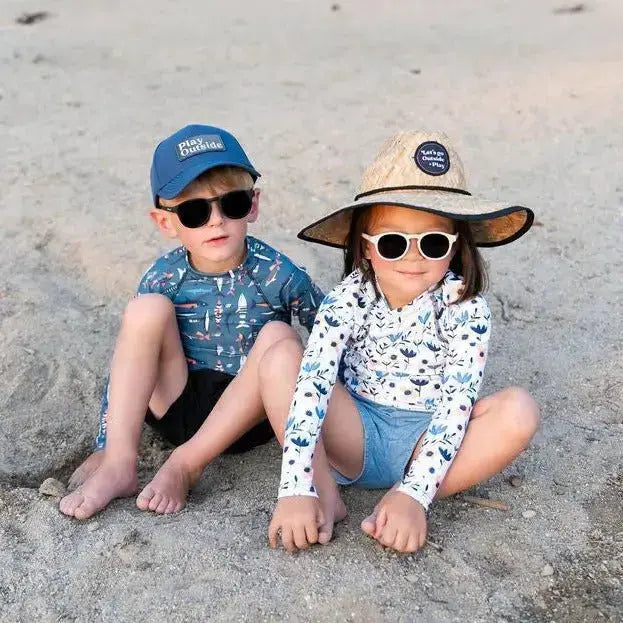Up to 30% off on ONE shirts and Rash guards when you get one for you and one for your little one to match. Automatically applies at checkout.

Outdoor Independence: Teaching Kids to Explore Safely
Outdoor Independence: Teaching Kids to Explore Safely
Giving kids the freedom to explore the outdoors is essential for their growth, confidence, and resilience. However, balancing independence with safety can be a challenge for parents. Here’s how to encourage outdoor exploration while ensuring your child stays safe and develops essential outdoor skills.
Why Outdoor Independence is Important
🌿 Builds Confidence & Problem-Solving Skills – Kids learn to navigate challenges, make decisions, and trust their instincts.
🚶♂️ Encourages Physical & Mental Strength – Outdoor play improves coordination, endurance, and emotional well-being.
🤔 Develops Risk Assessment Skills – Learning to evaluate safe vs. unsafe situations fosters long-term awareness.
Learn about the benefits of outdoor learning from the Children & Nature Network.
Step 1: Start Small & Build Up
Giving kids independence doesn’t mean letting them roam freely from day one. Start with small steps:
✅ Supervised Free Play: Let kids play freely in the yard or a nearby park while observing from a distance.
✅ Short Solo Adventures: Encourage them to explore within sight, like walking a looped trail.
✅ Set Familiar Boundaries: Define safe zones and gradually expand them as trust and skills grow.
💡 Pro Tip: Introduce independence gradually—start with short outdoor challenges, then increase their freedom as they gain confidence.
Step 2: Teach Basic Outdoor Safety Rules
Before allowing kids to explore independently, equip them with essential safety knowledge:
🚦 Know Their Boundaries – Establish clear physical and time limits.
📍 Stay in Sight & Check-In – Teach them when and how to check in with an adult.
🛑 Recognize Hazards – Help them identify risks like unfamiliar animals, slippery rocks, or changing weather.
📢 Use a Safety Signal – A whistle or pre-set call helps them signal for help.
Step 3: Equip Them with Essential Outdoor Skills
Before venturing out, make sure kids have these basic survival skills:
🧭 Navigation Basics – Teach kids how to read trail markers, follow paths, and use simple landmarks.
💧 Hydration & Snack Awareness – Pack enough water and healthy snacks for energy.
🌤 Dressing for the Weather – Layers, sun protection, and rain gear are key.
🆘 What to Do if Lost – Stay put, make noise, and look for familiar landmarks.
The National Park Service’s guide on what to do if lost in the woods.
Step 4: Provide the Right Gear for Safe Exploration
Make sure your child has the right equipment for safe outdoor adventures:
🎒 Small Backpack – Holds water, a snack, and a simple first aid kit.
🔦 Flashlight or Headlamp – Useful for late afternoons or shaded trails.
📢 Whistle – A must-have for calling for help if needed.
📍 Wearable ID or Emergency Contact Card – Just in case they need assistance.
👕 ONE Shirt in Safety Yellow – Easy to spot from afar and even under water, making it a great choice for outdoor play.
Step 5: Encourage Independence with Fun Outdoor Challenges
Turn outdoor exploration into a game to help build independence:
🏕 Mini Outdoor Missions – Give kids tasks like finding five types of leaves or spotting animal tracks.
🗺 Simple Navigation Games – Let them guide the way on short trails with a map.
⏳ Time-Based Challenges – Set a goal like “explore this area for 10 minutes and report back.”
💡 Pro Tip: Set up a “Base Camp” where kids can return when they need a break or a check-in.
Final Thoughts: Raising Capable & Confident Explorers
Teaching kids to explore independently isn’t about eliminating risk—it’s about preparing them to handle it safely. By gradually increasing their outdoor freedom, equipping them with skills, and making safety second nature, you’ll raise confident, capable explorers who can enjoy the outdoors with awareness and enthusiasm.
For more outdoor parenting tips, visit our Play Outside blog.














